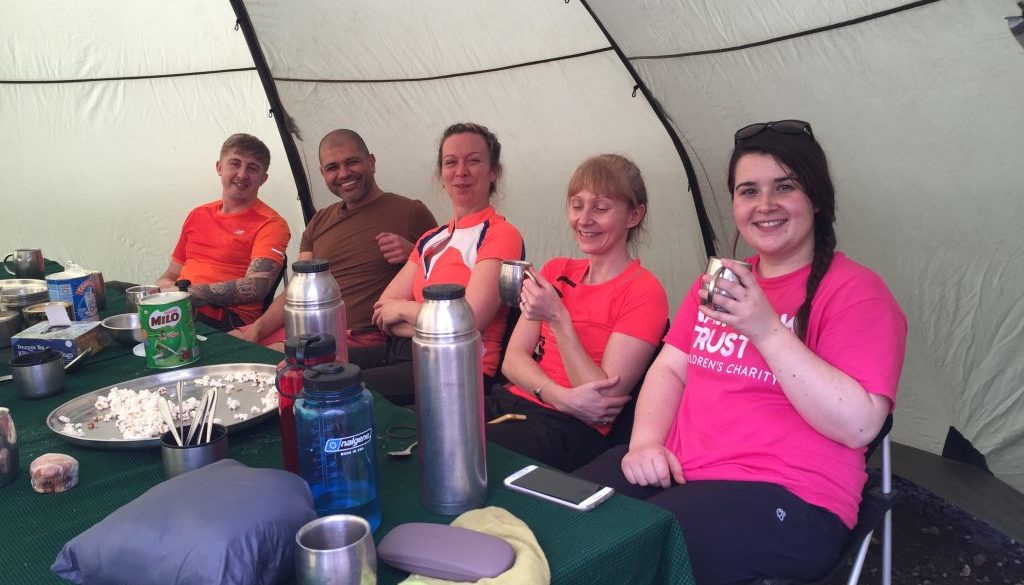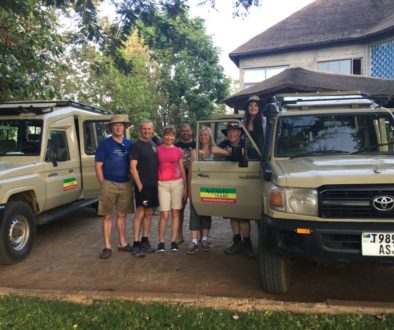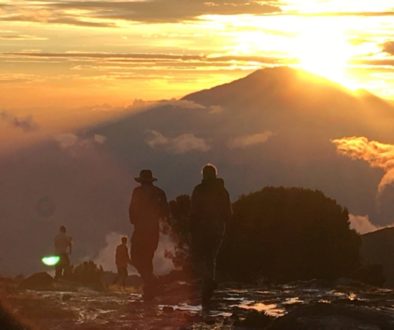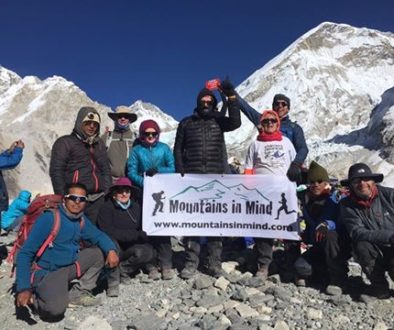What to eat when your appetite is low on Kilimanjaro?
One of the symptoms of being at a higher altitude is the loss of appetite and sometimes accompanying nausea.
When climbing Kilimanjaro it’s important to ensure that you are hydrated and keep eating at regular intervals even when you don’t feel like it to maintain your energy levels. Dehydration can make altitude sickness worse and can also reduce your appetite further so it’s essential that you keep your fluid intake high and keep taking regular sips of your drink when trekking.
Much research has been undertaken on weight loss from being at altitude and it has been identified that with the increase in altitude and the decrease in oxygen, the appetite is surpressed as the ‘satiety hormone’ leptin rises so this is why you feel less hungry. The research also indicates that your metabolic rate also increases so you burn more calories when at altitude than at sea level.
The best things to eat at altitude are high energy comfort foods. The variety of food is surprisingly varied on the Kilimanjaro trek but it is reliant on the porters carrying the supplies along the trail. You’ll be provided with meals that are of high carbohydrate content such as rice dishes or potatoes. There is always soup available, which is easy to digest. Mashed potatoes and vegetables are a particular favourite higher up. Meat can be limited. Porridge and omelette are usually provided for breakfast. Fruit is also available. It may be useful to supplement your diet with a multivitamin.
It is recommended that you limit your intake of coffee as this can add to dehydration. Tea, coffee and milo (a malty hot chocolate drink) are available but if you usually prefer fruit or herb teas, you are advised to take some of your own with you. Alcohol is not available on the mountain and should be saved for your celebratory drinks when you have summited and are back in the hotel. The Kilimanjaro beer is a favourite!
As you get closer to the summit of Kilimanjaro, the temperature will become increasingly lower. On our last trip, we had particularly cold temperatures where it was identified that on the summit the temperature was -31 degrees with the windchill! Your body requires calories to keep itself warm so it’s essential that you eat little and often. It’s worth taking some of your favourite calorie dense snacks as a real treat for the summit push. You may not fancy them but you never know! Haribos also provide a quick sugar boost.
Ginger will also help if you feel nauseous and we have found ginger biscuits, chocolate coated crystallised ginger or drinking ginger tea to help reduce symptoms.




